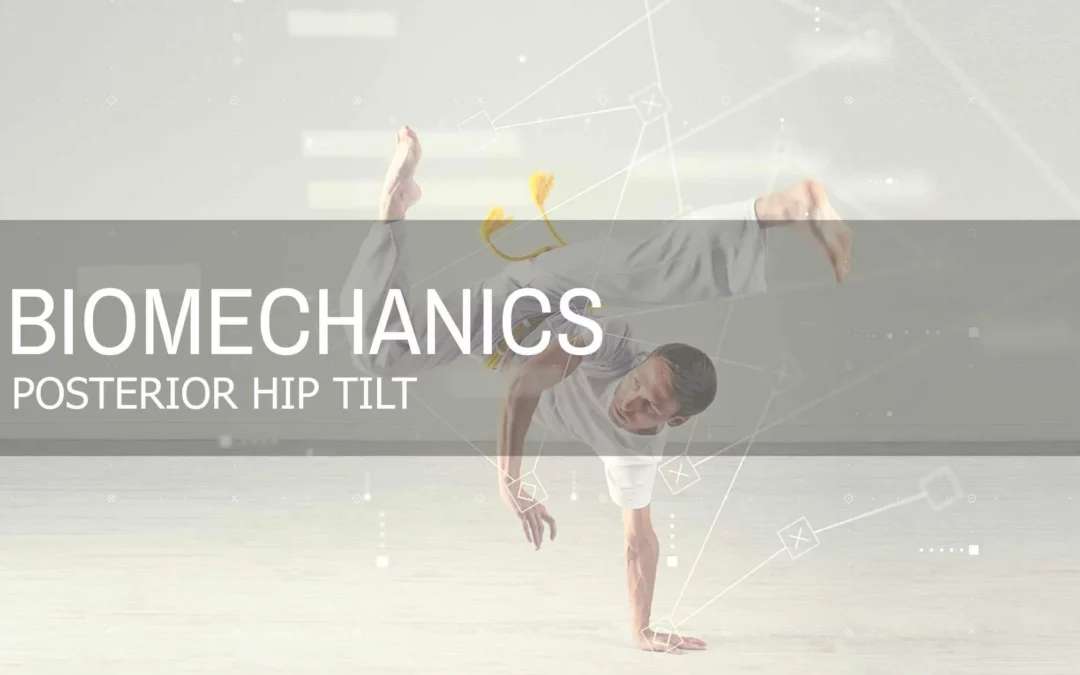What is Posterior Hip Tilt?
Posterior hip tilt refers to a movement distortion where the pelvis is rotated backwards and upwards. As a result, the lower back becomes flattened and juts forward (the butt lacks definition and roundness). This leads to an excessive rounding of the lower back (kyphosis). The main symptoms of this condition include tightness and pain of the back and hips, lumbopelvic instability, and issues with gait.
How Does This Happen?
This movement distortion is caused by poor posture, specifically slouching while leaning forward. As a result, the hamstrings, glutes, and abdominals over-activate in a forward position while the lower back and hip flexors become too weak to compensate. With this muscular imbalance, the glute muscles become rolled under and it adds to the appearance of having “no butt” and flat back (with little to no curvature.
Signs of Posterior Hip Tilt
- Tight hamstrings
- Tight glutes
- Tight abdominals
- Weak hip flexors
- Weak lower back
- Hip and lower back pain
How Do You Fix This?
To address posterior hip tilt, it is important to strengthen the trunk muscles and hip flexors while releasing the hamstrings. We would recommend the following exercises:
- Release – Hamstrings and external hip rotators 60 sec each
- Activate – Iliopsoas – laying supine single leg hip flexion w/band 2 x 20
- Integrate – split stance single arm row (lead leg in knee extension) 2 x 20
- Strengthen – 4-point swimmer with hip flexion focus 2 x 20




